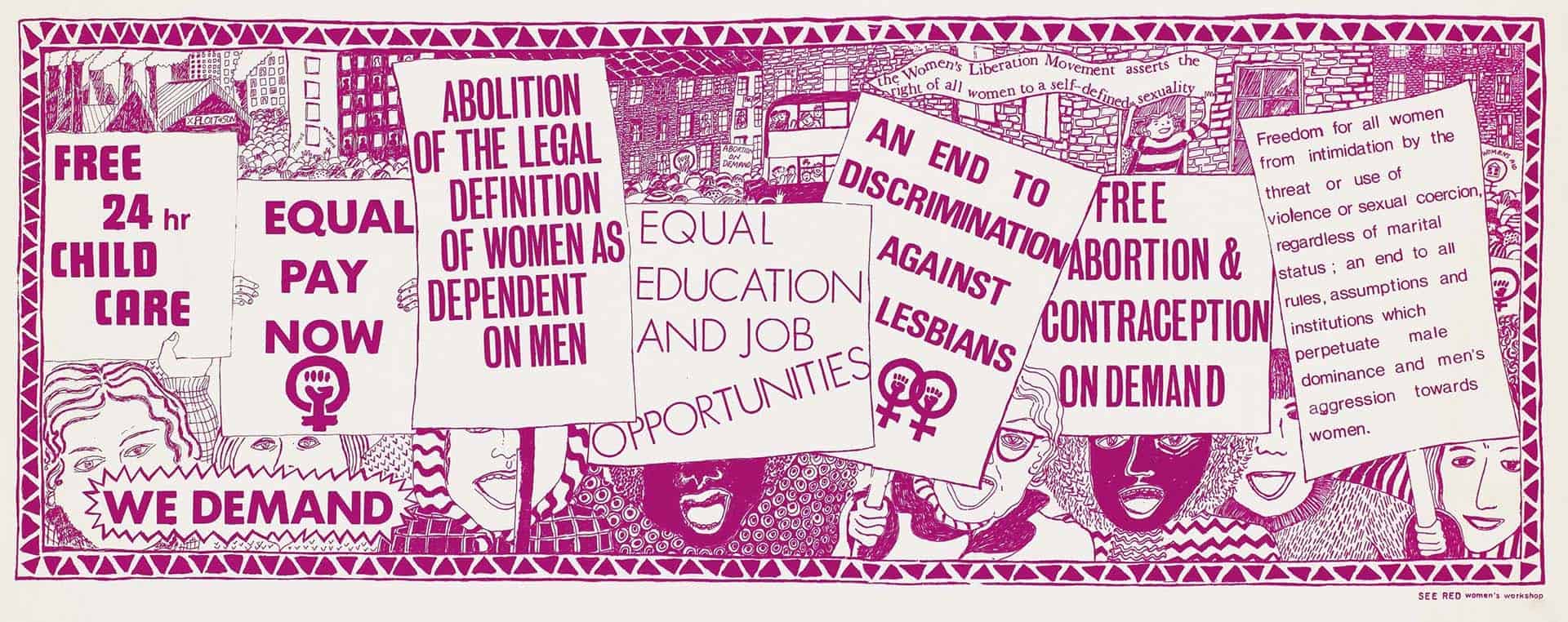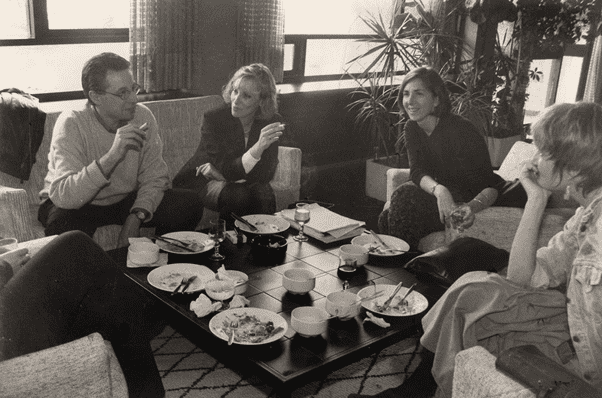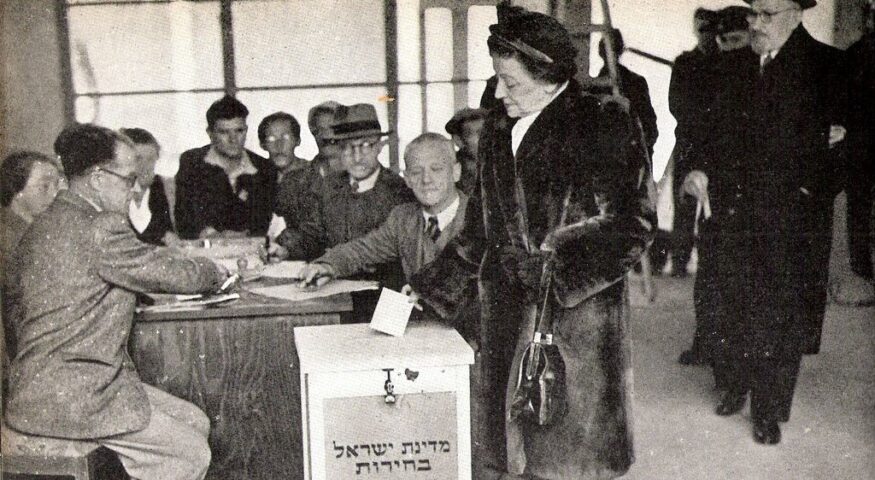Opinion: Working for equality – International Women's Day
Hadass Ben Eliyahu | 08.03.2022 | Photo: Vogue, 1974

 Ahead of International Women's Day, this year again Hadass Ben Eliyahu discusses the issue of gender inequality in family labor and the employment world, following the perspective of a young woman who rejects the accepted gender rules of the game. Is there any way to change them and work towards real equality?
Ahead of International Women's Day, this year again Hadass Ben Eliyahu discusses the issue of gender inequality in family labor and the employment world, following the perspective of a young woman who rejects the accepted gender rules of the game. Is there any way to change them and work towards real equality?
I am driving to work in Jerusalem. My daughter is sitting next to me, doing exercises in physics while we drive. It is her first semester at university. Sometimes we talk about the future, and I discover that many things I take for granted about her future she does not accept, let alone take for granted. The social "track" of studies followed by long years of work seems to her boring and depressing.
Providing mother, child-caring mother
The normal pattern of family life: a partner, marriage, raising children – seems to her cumbersome and unnecessary. The so unequal division of family labor (the invisible work of taking care of family members, housework) between spouses, the endless juggling that parents in general and mothers in particular are required to perform in order to establish, raise and support a family – that picture of the future turns her off. Especially since she knows it is based on a gender-social order that has hardly changed over the years.
The main change that occurred in the last decades is women's movement from the home outward: a rise in the rate of women participating in the labor market, working for pay. There has hardly been any change in what happens inside the home: in the time men invest in performing the invisible work. The conditions and forces that preserve the disparities between women and men – in the private sphere, in the family, and in the public sphere, in the labor market – have hardly changed at all. It is easier to tell women: “Be more assertive with your partner to get him to pick up the children from kindergarten twice a week, so that you can stay at work late. Then you can ask for a pay raise," than to shorten the working week in Israel so that everyone can maintain a saner work and family life.

From the textile factories to women in the 21st century
The origin of International Women's Day is in the struggle by working women in the New York textile industry in the early 20th century to improve their pay, working conditions, and definition as professional workers. Those workers, many of whom were Jewish women who immigrated from Europe to the US, had a firsthand acquaintance with trade unions in Europe to improve the worker’s work and employment conditions. Their struggle included a year-long strike that ended with the signing of an agreement that improved their terms of pay and work and shortened their work hours, which at the time were 65–75 hours a week.
It is ironic that the cumulative achievements to improve the condition of women in the labor market, from textile workers more than 100 years ago to this day, unintentionally created a reality that is perceived as offputting by young feminist women. I see that even couples who base their joint lives on principles of equality find themselves in a very gendered and unequal division of labor when they have children. It is very hard to leave the general gender-social order outside of the door of the home.
Most of the struggles to improve the condition of women over the years focused on the public sphere, and especially on the participation of women in the labor market: preventing discrimination in employment, expanding areas of employment, reducing wage disparities, shattering glass ceilings, equal representation, acquiring education and more. To a large extent, my daughter embodies the success of those struggles by her very choice to study physics and the employment horizon relevant to her. But the expansion of the areas of education and employment for women did not lead to a change in men's work patterns so that they conform with the requirements of family life. One of the reasons is that the lowering of the symbolic and economic value of the caring professions identified with women pushes them out of those professions but poses no incentive for men to enter them.
This raises questions: is it possible to act to change the gendered division of labor in the private sphere? How can we work towards recognition of invisible work and its impact on women's lives? What are the prices men pay for their mode of participation in family labor?
I wish us all that on International Women's Day in a decade we will see a significant improvement in these areas.
For further information on this subject, please read articles and watch lectures on feminism and gender.




